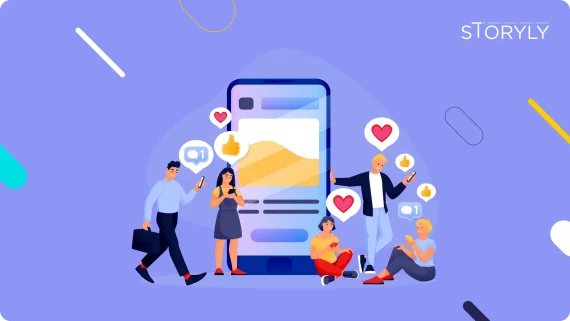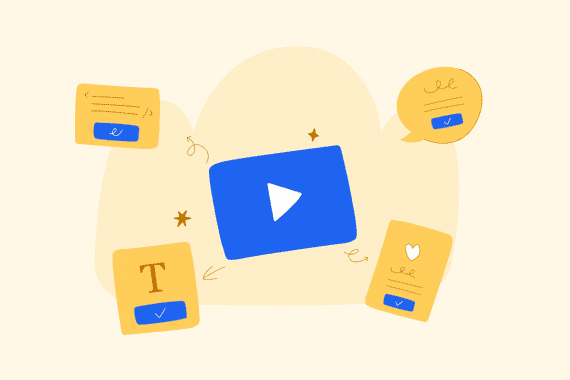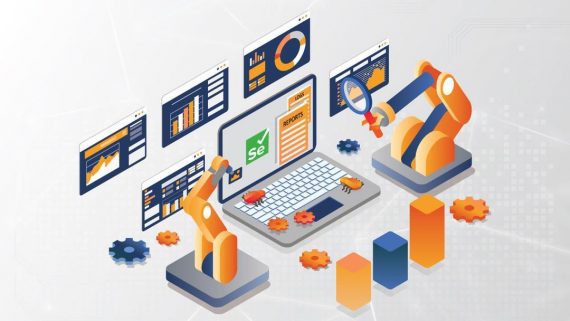
Ever wondered why a spinning wheel or a scratch card on a website feels weirdly impossible to miss? Most marketers still treat their funnels like static, linear checklists: grab attention, push a lead magnet, drop an offer. However, when marketers blend neuroscience with UX through gamification, they create funnels that don’t just guide users – they entice them. By tapping into core brain systems tied to curiosity, reward, and motivation, gamified experiences turn passive scrollers into active dopamine-driven participants. The result? Higher engagement, more conversions, and customers who keep coming back for more.
In this article, we’ll dive into why gamified funnels trigger action (the psychology and neuroscience behind it) and how to do it right with real-world examples and tactics you can use today.
The psychology of play: why gamification works
At the heart of gamified funnels is a simple truth: our brains love rewards. When we anticipate a reward or achieve a small win, the brain releases dopamine, a neurotransmitter associated with pleasure and motivation. This ‘happy chemical’ reinforces whatever behavior led to the reward, making us want to do it again. Games tap into this loop by offering challenges and rewards that keep users hooked. As marketers put it, ‘Games tap into our brain’s natural reward system, releasing dopamine when we play’, which in turn positively reinforces the desired actions in a funnel. In other words, a fun interactive element in your funnel can literally trigger a chemical reward in the user’s brain.
But it’s not just dopamine at play. Gamified experiences leverage several psychological principles.
Anticipation and surprise
The thrill of uncertainty can be incredibly engaging. Not knowing whether you’ll win a prize or what’s behind the next click creates suspense. In fact, unpredictability in rewards often heightens excitement – even intermittent rewards can spike dopamine levels because of the surprise factor. This is why tactics like mystery offers or spin-to-win wheels are so effective at grabbing attention.
Instant gratification & feedback
Games provide immediate feedback – ‘You scored points!’, ‘Congrats, you unlocked a badge!’ This instant gratification satisfies our craving for quick rewards. In a funnel context, a user who sees progress feedback or earns something as they go along is more likely to continue. Each small reward or acknowledgment (like a progress bar moving forward or a congratulatory message) gives a little dopamine hit and a sense of accomplishment, keeping momentum going.
Intrinsic motivation
Gamified experiences appeal not just to extrinsic rewards (points, prizes) but also to intrinsic motivators – our internal desires for mastery, autonomy, purpose, and social connection. Game mechanics can fulfill fundamental human needs like the need to feel competent and accomplished, or to enjoy a task for its own sake. For example, completing a challenge or learning something new in a quiz can be rewarding in itself, beyond any prize. By making a funnel experience fun and challenging (in a good way), you tap into users’ natural curiosity and drive to achieve.
Loss aversion
Humans hate losing what they’ve gained. This bias – that the pain of loss is stronger than the pleasure of an equivalent gain – is a powerful force in funnels. A well-known conversion trick is that progress bars on forms or checkouts make people less likely to quit, because abandoning means losing the progress they’ve made. In fact, the very reason progress indicators work so well is that they ‘trigger loss aversion’ – as users complete more steps, they become increasingly resistant to giving up before the finish line. The thought of ‘wasting’ the effort (or missing out on a nearly-earned reward) pushes them to complete the action. Similarly, a streak feature (e.g. using a product 5 days in a row) plays on this principle – users don’t want to break the streak and lose their status.
Social proof and competition
While not every funnel uses social gamification, the psychology is worth noting. People are driven by social rewards – status among peers, recognition, or just knowing others are doing something. Leaderboards, referral contests, or badges that show off a user’s level can tap into the competitive streak and desire for recognition. For instance, awarding a badge or tier status (Silver, Gold, VIP) in a loyalty funnel gives users a sense of achievement and status that can be very motivating. They’ll be eager to reach the next tier for bragging rights and perks.
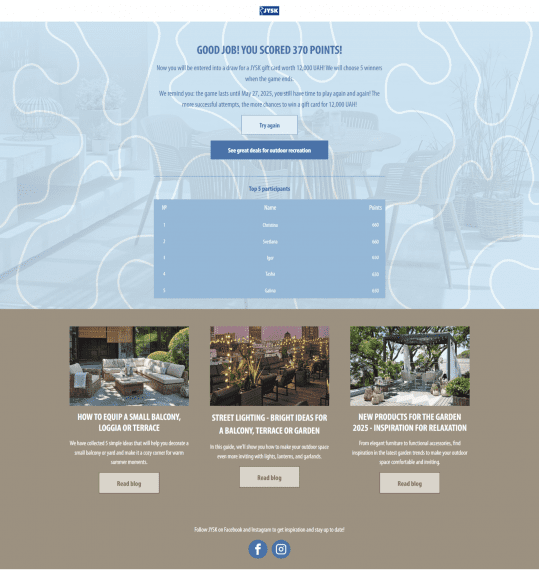
All these elements work because they make the user feel something – excitement, achievement, curiosity, even a bit of FOMO (fear of missing out). A plain old sign-up form doesn’t spark those emotions. But a funnel that feels like a game triggers emotional responses rooted in neuroscience and psychology. As a result, users engage more deeply and move further along the journey. In short: gamification turns a passive user into an active participant, leveraging the brain’s reward circuits to nudge them toward your conversion goal.
Next, let’s look at how this works in practice – from spin-to-win popups to progress bars – and how you can apply these tactics to your own website funnels.
Gamified funnels in action: real-world examples
Theory is nice, but what does gamification look like on an actual website funnel? Let’s explore some examples of gamification mechanics that marketers are using to supercharge their funnels. We’ll break down why each works (the psychology trigger) and how to do it right.
Progress bars: the drive to completion
Progress bars in checkout or sign-up flows play on our urge to finish what we’ve started. For example, an e-commerce site might show a message in the cart: ‘Almost there! Add $34 more to unlock free shipping’, accompanied by a bar that’s, say, 70% filled. Visually seeing that progress guides users to complete the goal. Why? Because it creates a feeling of commitment – you’re already most of the way there, so to leave now would be to lose that investment.
Psychologists call this the ‘goal-gradient’ effect: the closer we are to a goal, the more we accelerate toward it. Marketers leverage this by showing users that they’re already partially on the way to a reward. It works: one study notes that progress bars on multi-step forms make people more resistant to abandoning them. In other words, a partially filled bar triggers loss aversion – the user thinks, ‘I’ve come this far, I don’t want to quit now and lose what I’ve done”’.
To do this right, give users a sense of advancement early. Quora famously showed new users a checklist with a couple of easy tasks already checked off, creating an endowed progress effect where people felt ‘almost done’ and were compelled to finish the rest. In your funnel, that might mean breaking a form into steps and immediately showing ‘Step 1 complete – great job!’ messages. Make the steps feel achievable and trackable. As the user moves forward, celebrate their progress – a simple ‘75% complete!’ note or a change in bar color can trigger a mini-reward in the brain.
By the final step, finishing feels like winning. Indeed, completing a task releases a dopamine rush that makes users feel good about the accomplishment. The key is to ensure the progress indicator is always visible and updates with each action, providing continuous positive reinforcement.
Spin-to-win wheels: the thrill of chance
Spin-the-wheel popups have become a popular way to turn lead capture into a game. You’ve likely seen these: a website presents a colorful wheel (often when you’re about to leave or after a few seconds on site) that you can spin to win a discount or prize, usually in exchange for your email – and it works shockingly well at grabbing attention. The secret here is anticipation and luck. With every spin, the user’s brain is lighting up with excitement at the possibility of landing the big reward. ‘The spinning wheel builds suspense, and the eventual reveal — whether it’s a 10% discount or a freebie — releases dopamine’, reinforcing the behavior and encouraging further interaction. In plain terms, the thrill of taking a chance and the satisfaction of winning (even if it’s a small win) make the user more likely to engage and convert.
Marketers have noted how effective this can be for e-commerce funnels. For instance, Temu (a rising e-commerce app) uses gamified elements relentlessly and its experience gives shoppers a dopamine hit that keeps them coming back. Part of that experience is constant chances to win something – flash sales, spin wheels, surprise deals. When done well, these wheels can dramatically increase email capture rates and even immediate sales, because users who ‘win’ a coupon are eager to use it (leveraging that loss aversion again – once they have a prom, they don’t want to lose the chance to redeem it).
Scratch-off cards and quizzes: curiosity & instant rewards
Scratch-off cards on websites turn promotions into a playful experience. Instead of simply flashing a ‘10% off’ banner, a scratch-off requires the user to physically (well, digitally) scratch an area to reveal their deal. This taps into natural curiosity – much like we can’t resist scratching a lottery ticket to see if we’ve won. The act of scratching engages the user and builds a moment of suspense.
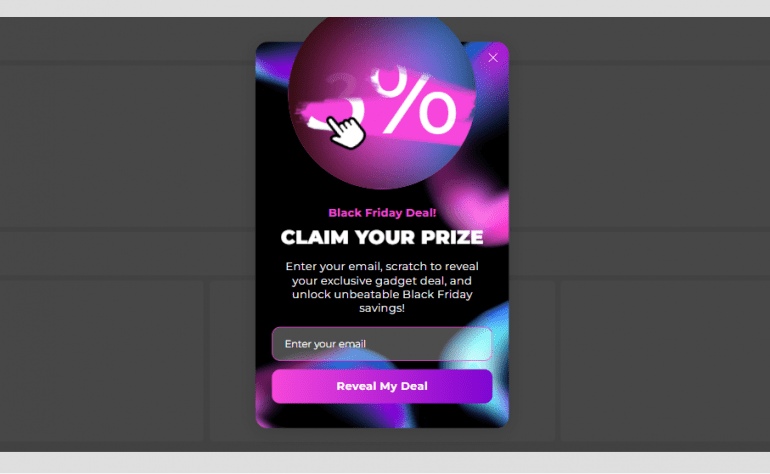
Importantly, it gives the illusion of control – the user feels active in earning their reward, rather than passively receiving a coupon. The payoff is that moment of reveal where the user uncovers their prize, which is a mini reward in itself (often accompanied by a dopamine hit for having ‘won’ something). Like spin wheels, scratch cards should ideally result in a win every time (even if just a small freebie or minor discount) – the goal is to reward the user and spark positive emotions that push them further down the funnel.
Another gamified tool in this category is interactive quizzes. Quizzes engage users by appealing to their self-interest (people love talking about themselves or finding out which ‘type’ they are). In a funnel, a quiz can be used as an email-capturing tool or to recommend products.
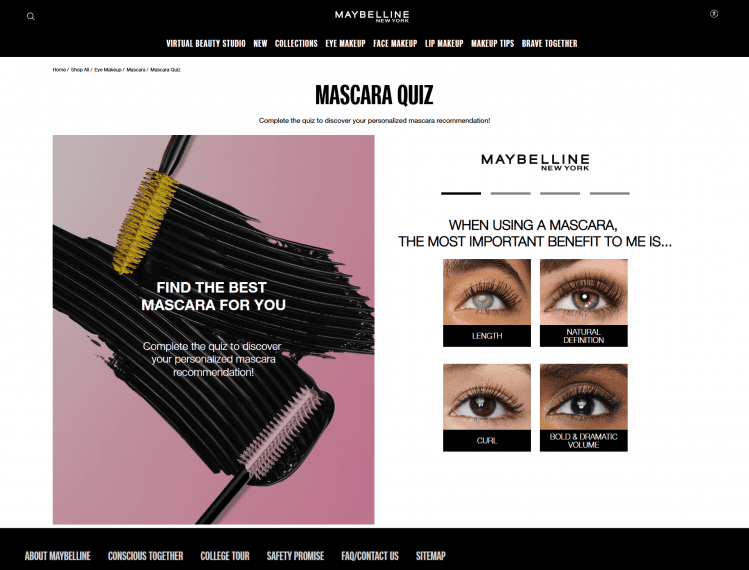
The genius of a well-designed quiz is that the process itself is rewarding – answering questions and seeing progress (‘Only 1 question away from your special offer!’) creates a sense of fun and anticipation. You can even reward quiz takers with points for each answer or a prize at the end, sustaining that dopamine loop throughout the experience.
As the user answers, they’re engaged and curious about the result. By the end, not only have they spent more time on your site (building engagement), but you’ve learned about their preferences and given them a satisfying result, like ‘You got the Trendsetter Badge and a 15% off code for trendsetting items!’ This kind of funnel activity feels less like marketing and more like play, leaving the user in a positive mindset ready to convert. The key with quizzes and scratch-offs is to keep it short, enjoyable, and relevant to your audience’s interests, and always give that little reward or feedback to tie it off.
Countdown timers and challenges: urgency, framed as a game
Urgency is a well-known driver in marketing, but gamification can turn it into a challenge rather than just pressure. Countdown timers, when used thoughtfully, can create a game-like scenario where the user feels challenged to act before time runs out. This transforms the decision into a time-bound mission. Instead of simply feeling the fear of missing out, the user is playing against the clock. It’s the same adrenaline rush people get in time-limited game levels – a little stress can boost excitement and action. Temu’s app, again, does this by having flash deals and countdowns for free shipping that reset frequently. Shoppers feel like they’re in a race to grab a deal before it’s gone, which keeps them engaged and taking action now rather than later.
When using timers and challenges, transparency and tone are key. Frame it as a fun challenge (‘Ready, set, go – you have 24 hours to find the hidden deal!’ or ‘Complete today’s challenge to earn extra points!’) rather than a threatening ultimatum. The goal is to energize users, not scare or annoy them. If done correctly, adding a timing element can significantly lift your conversion rates by prompting immediate action, all while the user feels like they’re simply playing a quick game or competing in a friendly contest, rather than being subjected to a hard sell.
Parting words
When neuroscience meets UX in the form of gamified funnels, the results can be game-changing (pun intended). For marketers, the takeaway is clear: fun can be functional. Designing a funnel that feels like a game isn’t about adding bells and whistles for the sake of it – it’s about guiding your user through the desired actions in a way that feels rewarding at every step. When users are having a good time, they stay longer, engage more deeply, and are far more likely to complete the journey you want them to complete. Trigger the right brain chemicals, and you’ll see the difference between a funnel that users trudge through and one that they can’t wait to play again.
